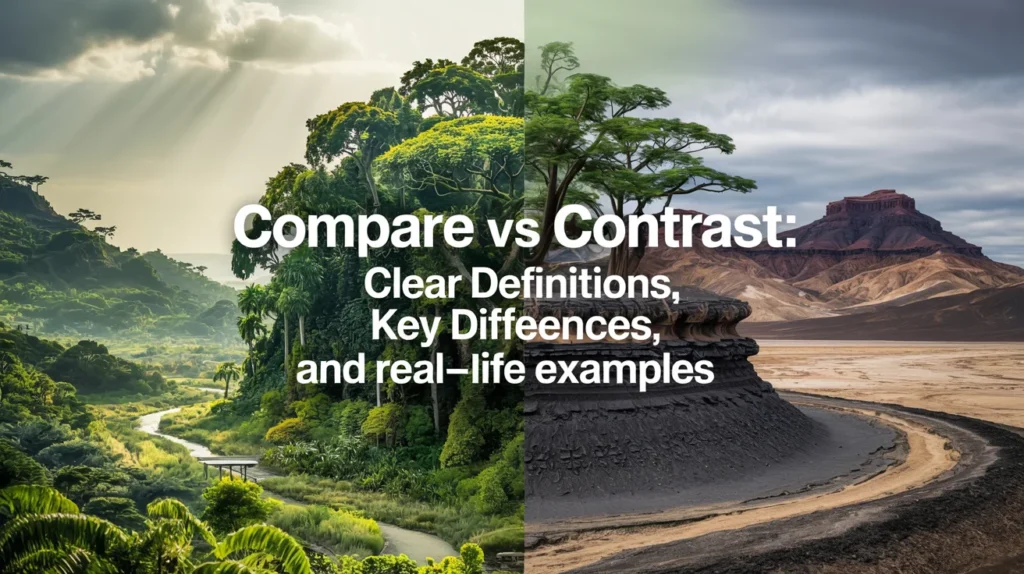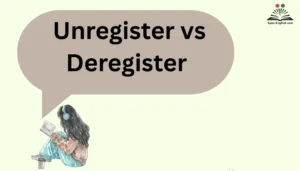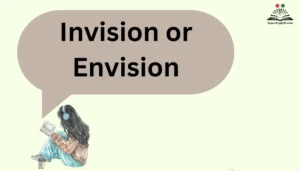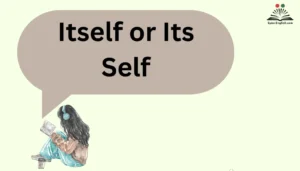Understanding the distinction between “compare” vs “contrast” is essential—not just for writing well, but for thinking clearly. These two words often appear together, especially in essays, exams, and analysis. But they serve different functions. One looks for similarities, the other highlights differences. Misusing them can confuse your message or weaken your point.
Whether you’re crafting a research paper, evaluating two products, or trying to articulate the difference between two worldviews, knowing when to compare and when to contrast is key. In this guide, you’ll discover more than just definitions. You’ll learn how to use both words correctly, explore real-world examples, see synonyms, understand etymology, and walk away with practical tools to elevate your communication.
Let’s break it all down—clearly, simply, and with lots of useful detail.
What Does “Compare” Mean?
To compare means to examine two or more things to identify their similarities. Sometimes, it also involves recognizing differences, but the primary focus is what they have in common.
Definition:
To look at two or more things and identify how they are alike or similar.
Examples in Context
- “The movie compares favorably to the book.”
- “When comparing two brands of coffee, look at the roast, origin, and price.”
- “She compared modern jazz to classical compositions in her music theory class.”
Typical Contexts for ‘Compare’
- Academic writing and essays
- Market or product analysis
- Scientific data evaluation
- Consumer reviews
- Critical thinking exercises
Pro tip: Compare is often used with phrases like “compare to” or “compare with.”
- Use compare to when showing similarities: “She compared life to a roller coaster.”
- Use compare with when showing both similarities and differences: “Compare the iPhone with the Samsung Galaxy.”
What Does “Contrast” Mean?
To contrast means to examine two or more things to identify their differences. It highlights how one thing stands apart from another.
Definition:
To look at two or more things and identify how they differ.
Examples in Context
- “The report contrasts urban and rural education systems.”
- “Her calm personality contrasts sharply with his high energy.”
- “We contrasted the two essays to see how tone and voice varied.”
Common Contexts for ‘Contrast’
- Art and design analysis
- Comparing ideologies or arguments
- Identifying differences in tone, mood, or style
- Scientific and cultural studies
Fun fact: In photography, contrast refers to the difference between light and dark areas in an image. The higher the contrast, the more intense the difference.
Compare vs Contrast: What’s the Real Difference?
Though often linked together, compare and contrast focus on opposite analytical functions.
| Feature | Compare | Contrast |
| Definition | Examines similarities | Examines differences |
| Purpose | Find common ground | Emphasize distinctions |
| Tone | Often neutral or positive | Can be neutral, but sharper |
| Use Case | Essays, reviews, evaluations | Arguments, analysis, differentiation |
| Sentence cue words | Similarly, likewise, both | However, unlike, on the other hand |
Quick trick to remember:
Compare = Commonalities
Contrast = Clear Differences
Compare vs Contrast: Breaking It Down by Purpose, Focus, and Method
Purpose
- Compare helps you understand what two things share—ideas, characteristics, patterns.
- Contrast helps you see how they diverge—shapes, opinions, results.
Focus
- Comparing looks at what’s alike: “Both poems explore love through imagery.”
- Contrasting zooms in on what’s different: “One poem uses hopeful imagery, while the other is dark and fatalistic.”
Method
When comparing or contrasting in writing, word choice matters.
Useful Words When Comparing
- similarly
- likewise
- both
- as well as
- in the same way
Useful Words When Contrasting
- however
- whereas
- on the other hand
- unlike
- yet
- nevertheless
Visual Aid: Venn Diagram
vbnet
CopyEdit
Compare vs Contrast
+———————+
| Shared |
| (Compare) |
+———-+———-+
|
Differences (Contrast)
A Venn diagram helps you visualize what overlaps (compare) and what doesn’t (contrast).
Real-Life Examples of Compare and Contrast in Use
Compare Example: Two Smartphones
Apple iPhone 15 vs Samsung Galaxy S24
| Feature | iPhone 15 | Galaxy S24 |
| Camera | 48MP main, ProRAW support | 50MP main, AI-powered zoom |
| Display | Super Retina XDR OLED | Dynamic AMOLED 2X |
| OS | iOS 17 | Android 14 |
| Price | From $799 | From $799 |
Comparison Sentence:
“Both phones offer high-resolution displays, cutting-edge cameras, and fast processors.”
Contrast Example: City vs Country Living
- City life is fast-paced, noisy, and offers endless convenience.
- Country life is quieter, more connected to nature, and offers more space.
Contrast Sentence:
“While city life thrives on hustle and stimulation, country living is defined by peace and simplicity.”
Common Synonyms of “Compare” and “Contrast” (with Context)
Synonyms of Compare
| Synonym | Meaning | Example Use |
| Juxtapose | Place side by side for comparison | “The artist juxtaposed bright and dull colors.” |
| Weigh | Evaluate relative merit or value | “We weighed both job offers carefully.” |
| Measure | Assess similarities in scale or value | “The results were measured against the control group.” |
| Match | Find equal or similar characteristics | “His skills match the requirements exactly.” |
Synonyms of Contrast
| Synonym | Meaning | Example Use |
| Distinguish | Recognize differences clearly | “Can you distinguish real from fake news?” |
| Differentiate | Point out specific differences | “Teachers must differentiate learning styles.” |
| Oppose | Set against something in comparison | “The views clearly oppose each other.” |
| Highlight | Draw attention to differences | “She highlighted the contrast between styles.” |
Word Origins: Where “Compare” and “Contrast” Come From
Etymology of “Compare”
- Latin origin: comparare — meaning “to couple, match, or bring together.”
- Derived from com- (“with”) + parare (“prepare”).
- Entered English through Old French in the 14th century.
Fun fact: The word originally implied bringing things together for fair examination.
Etymology of “Contrast”
- Latin root: contrastare — meaning “to stand against” or “resist.”
- Contra- (“against”) + stare (“to stand”).
- Adopted into English around the 17th century, especially in art and drama.
Insight: The original use in visual art explains why contrast is still essential in design and photography today.
Compare vs Contrast in Academic and Professional Writing
In school, you’re often told to “compare and contrast.” But how you do it depends on the assignment’s goal.
Tips for Writing Compare and Contrast Essays
- Use parallel structure when discussing both subjects
- Create a thesis that includes both a comparison and a contrast
- Organize using either the block method or point-by-point method
Block Method:
less
CopyEdit
Paragraph 1: All about Subject A
Paragraph 2: All about Subject B
Paragraph 3: Analysis and Conclusion
Point-by-Point Method:
yaml
CopyEdit
Paragraph 1: Topic 1 (A and B)
Paragraph 2: Topic 2 (A and B)
Paragraph 3: Topic 3 (A and B)
Conclusion
Common Pitfall: Don’t just list facts. Analyze what they mean.
Visual Guide: Venn Diagram of Compare vs Contrast
plaintext
CopyEdit
+———————+
| Both (Compare) |
|———————|
| – Fast processors |
| – OLED displays |
| – $799 price tag |
+————+ +————-+
| iPhone (Only) | | Galaxy (Only) |
| – iOS system | | – Android OS |
| – ProRAW | | – AI camera |
+————–+ +—————+
Use diagrams like this when explaining comparisons in a presentation or blog.
Summary Table: Quick Reference for Compare vs Contrast
| Category | Compare | Contrast |
| Main Focus | Similarities | Differences |
| Language Cues | both, similarly, likewise | however, unlike, on the other hand |
| Purpose | Show overlap | Show distinction |
| Example | Compare fruits: apples & pears | Contrast summer & winter |
Conclusion:
Both comparing and contrasting are powerful tools for clear communication. When you compare, you’re searching for common ground. When you contrast, you’re calling out what sets things apart.
Use them wisely—whether you’re analyzing novels, writing an academic paper, or making a major purchase decision. With the right approach, your words can inform, persuade, and resonate with clarity.
Further Reading and Resources
- Merriam-Webster: Compare
- Merriam-Webster: Contrast
- Purdue OWL: Compare and Contrast Essays

Emma Brooke is a passionate English educator, writer, and language enthusiast with over a decade of experience helping learners master the nuances of the English language. At SynoEnglish, she blends practical grammar advice with real-world communication tips to make English easier, clearer, and more enjoyable for readers of all levels.



